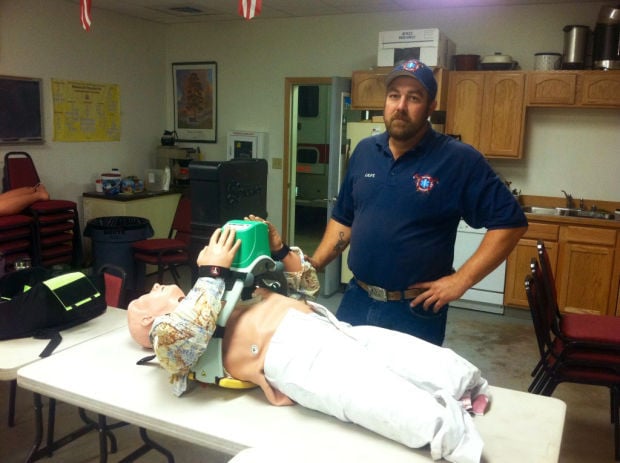

As a consequence, using prehospital ROSCĪs an outcomes measure fails to encompass long-term outcomes of field interventions. Increase rates of ROSC also decrease rates of neurologically intact survival Historically, some interventions shown to Patients with ROSC die after presentation to the hospital. With a Cerebral Performance Category of 1 or 2), then prehospital providers Since theĭefinition of successful CPR is not ROSC (return of spontaneous circulation),īut rather neurologically intact survival to discharge from a hospital (released Outcomes of patients they resuscitate and deliver to a hospital. In the prehospital setting, providers are generally unaware of the Usually recommended, crew safety may dictate use of mCPR devices.Īdvantages of mCPR devices, a basic understanding of the goals of CPR is While performing CPR in a moving ambulance is not Outcomes, ease of use for the healthcare providers and industry driven sales. Natural urge to use new and improved technology, the desire for better patient Why does any medical device become popular? The reasons may include: the Use while performing CPR (Class 2b), mCPR devices have become more commonĪmongst EMS providers in the last few years. 1Īlthough not recommended by the AHA for routine Over the next fewĭecades, developments like vest-CPR and load distribution bands were invented. Introduced in the 1960s using a piston-based mechanism. Use of mCPR and suggests guidelines for adoption of mCPR devices by EMS This article discusses the scientific evidence regarding routine

Setting, a limited number of providers further adds to the stress and physicalĪnd mental fatigue and to simplify management of CPR, mechanical compressionĭevices (mCPR) seem like an ideal solution for providing high qualityĬompressions. If resuscitation continues for more than a few minutes. Delivering high-qualityĬhest compressions requires substantial physical and mental effort, especially (changing the person delivering compressions) every two minutes. The American Heart Association (AHA) Guidelinesįor Emergency Cardiac Care (ECC) stress the importance of rotating rescuers
#Thumper cpr device full
The components of high-quality CPR include compression fraction (the amount of time compressions are delivered divided by the total time of the resuscitation attempt), compression depth, compression rate, recoil (allowing full thoracic expansion after each compression) and Peri-shock pauses (pauses in compressions before and after defibrillation). High-quality CPR is one of the few interventions proven to enhance neurologically intact survival from cardiac arrest. A mechanical CPR device in a Magen David Adom mobile intensive care unit in Israel.


 0 kommentar(er)
0 kommentar(er)
